Lots of factors contribute to driving dangers, including adverse weather conditions that affect the visibility and surface of the road. The holiday season typically also raise the risks of road crashes and accidents. But we should also be wary about our own state of alertness when we drive.
Are you sleepy when you take the wheel? Thankfully, modern technology in cars is coming to the rescue with systems to check on you and keep you alert if you’re nodding off at the wheel. Check out this article from Philkotse.com and safe driving, everyone!
1. Drowsy driver warning system
A drowsy driver warning system is more commonly known as the driver alert system. This driver alert system was created by Volvo and emits an audible alarm if the vehicle senses the driver is drowsy or is nodding off. An icon of a cup of coffee appears on the instrumentation panel, then a voice alarm activates, saying you’re tired.
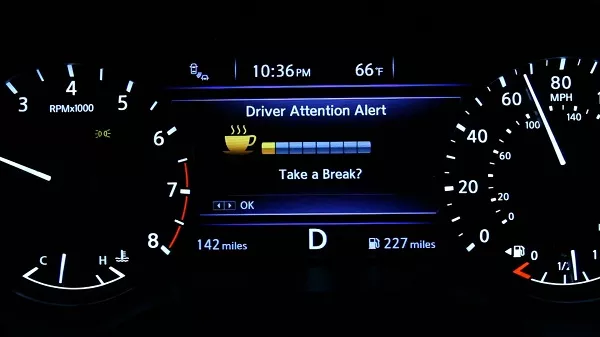
The safety system issues an audible alarm if the vehicle assumes that the driver is drowsy
It will be accompanied by another voice alarm saying that you’re dangerously tired and tells you to stop driving as soon as it is safe to stop. Even the seat will vibrate to alert the driver. There is a second generation of the drowsy driver alert system with more advanced additional features.
It now features a vibrating steering wheel, the release of puffs of air on the driver’s neck when he or she is dozing off, and automatic steering which takes over and guides the driver back to its lane when the vehicle drifts.
When you first drive your car equipped with a driving alert system, the car’s onboard computer will start to analyze your driving traits to be able to make a profile. Your particular driving habits created on this profile will be compared to current driving style. It will detect the way you steer, how long you drive, and the time.
If it doesn’t match your usual driving profile, the vehicle will be able to tell if something is not right then send you an alert. That’s why every time you’re distracted, are nodding off, or are trying to stay awake on the road, this safety system will alert you to be more focused and mindful.
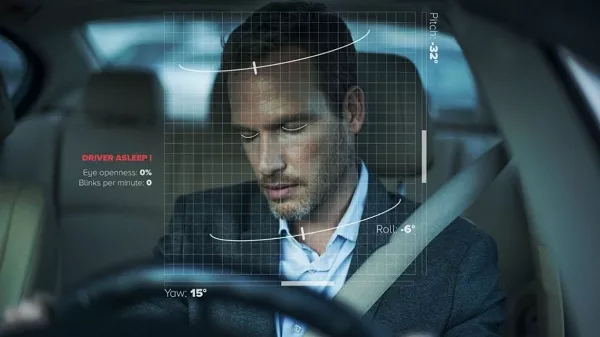
Some car’s onboard computer also uses facial recognition software that determines if your tired and drowsing
Some vehicles’ onboard computer also uses facial-recognition software that determines if you’re tired or drowsy. Night-vision cameras are trained on your head, analyzing if your facial muscles are slackening, as well as the blinking patterns (how long your eyelids shut).
If the system detects that you’re sleeping, it will kick in to wake you from the dangerous slumber. Some cars have built-in GPS, which informs or alerts you automatically to nearby areas where you can rest.
2. Blind-spot monitoring
Blind-spot monitoring is a common safety feature in most of the modern cars we have today. This one is a much simpler safety system. It signals the driver with a light, a flash, or warning on the side-view mirror or in the "A" pillar if objects like cars, cyclists, animals or pedestrians enter the car’s blind spot on the side.
Some cars have systems that use haptic feedback – vibration sent through the driver’s seat, steering wheel, and dashboard. It will let you know if there’s a danger you can’t immediately see. It’s very helpful, especially when you’re feeling drowsy and are losing alertness.
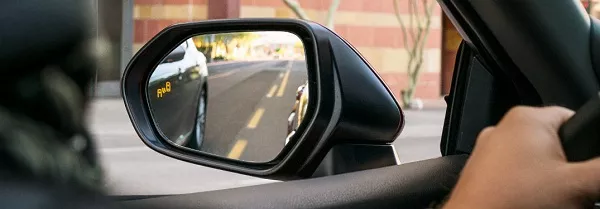
Blind-spot monitoring signals the driver if an object like cars, cyclist, animal or pedestrian enters the car’s blind spot on the side
3. Lane keeping assist
Another car safety feature that helps you stay on track is the lane keeping assist. This system works by gently steering back the car into its lane if you are not able to do so after the first warning. The system will be defeated if there's activation in the turn signal.
And when the steering wheel is nudged, even in the slightest manner, it will automatically disengage. This safety feature will keep you in your lane because of inattentiveness or slumber.
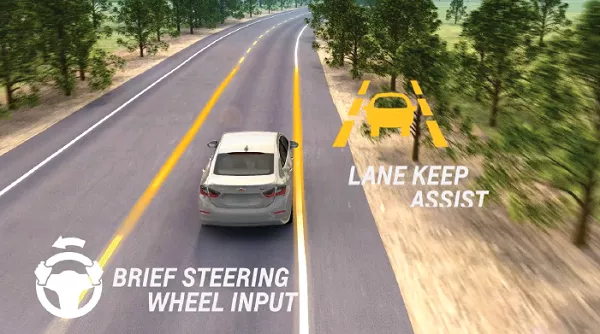
Lane keeping assist system works by gently steering back the car into its lane
4. Forward collision warning
This safety system uses sensors that detect other cars and objects in front of your vehicle. The sensor will send a signal to the car's computer which evaluates the rate of closure.
If it detects any danger of collision or crash, it will trigger a visual or audible (or both) signal. If you don’t immediately respond to the signal, it automatically applies the brakes to prevent or reduce the collision or crash severity.
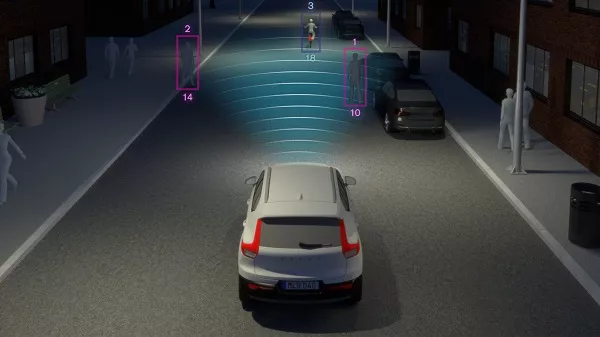
Forward collision warning system uses sensors that detect other cars and objects in front of your vehicle
5. Rear-cross traffic alert
When you’re drowsy or sleepy, you tend to lose your alertness and focus. You may not be able to notice if there are vehicles or obstacles entering your path while you back up.
This is why the rear-cross traffic alert is very helpful. It will send a signal that warns you if there are objects blocking your path while backing up. This will keep you from accidentally hitting a pedestrian or another car.
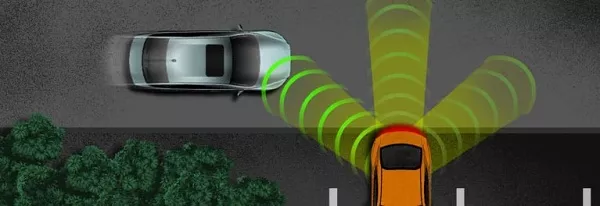
Rear-cross traffic alert notices drivers about the obstacles
Drowsy driving is one of the main reasons for road accidents. And as a driver, you can and should compensate by allowing your body to have more time to rest and sleep. Good thing there are advanced car technologies like the ones given above that can also help save us just in case. Still, nothing beats getting a good night’s sleep.












